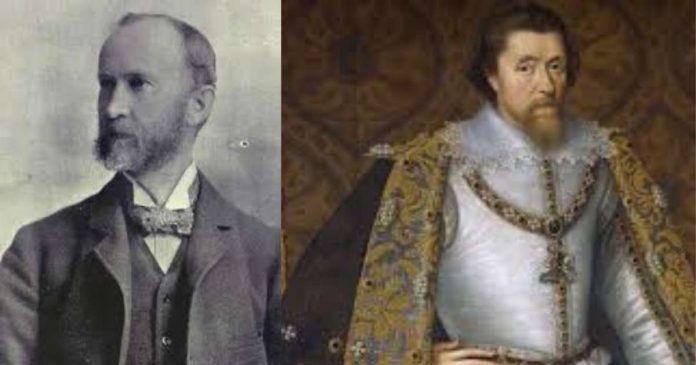James King, born in Cecil County, Maryland, in 1796, was an American inventor and mechanic. His most notable achievement was his invention of the first patented washing machine. He received a patent for his washing machine design on August 9, 1851 (U.S. Patent No. 8,220), which marked a major step forward in the development of home appliances.
King’s design was significant because it featured a drum mechanism, in which clothes were placed in a cylindrical drum that rotated to agitate the clothing, making the cleaning process more efficient. Prior to this, washing clothes often involved labor-intensive methods like scrubbing and beating the fabric by hand.
King’s invention was a mechanical improvement over earlier washing devices. It wasn’t the first attempt at a washing machine, but it was among the earliest to incorporate a rotating drum, which became a key feature in later designs for washing machines. His design also featured a hand-powered crank to rotate the drum, which made it more user-friendly than previous models.
Although King’s washing machine wasn’t a commercial success during his time, it laid the foundation for future innovations in laundry technology. The concept of a rotating drum would later be refined and improved upon by other inventors, and over time, it evolved into the electric washing machines we use today.
King continued to work as a mechanic and inventor for much of his life, contributing to various advancements, though he didn’t live to see the widespread adoption of washing machines in households. He passed away in 1878. His work remains an important part of the history of household technology.


